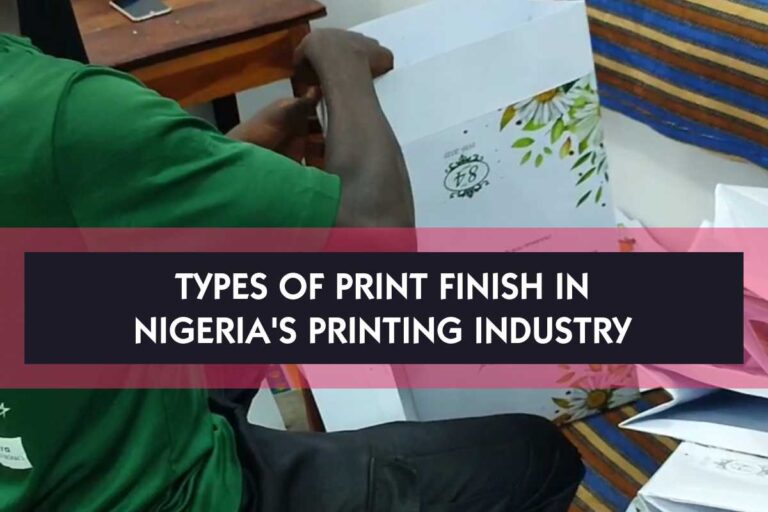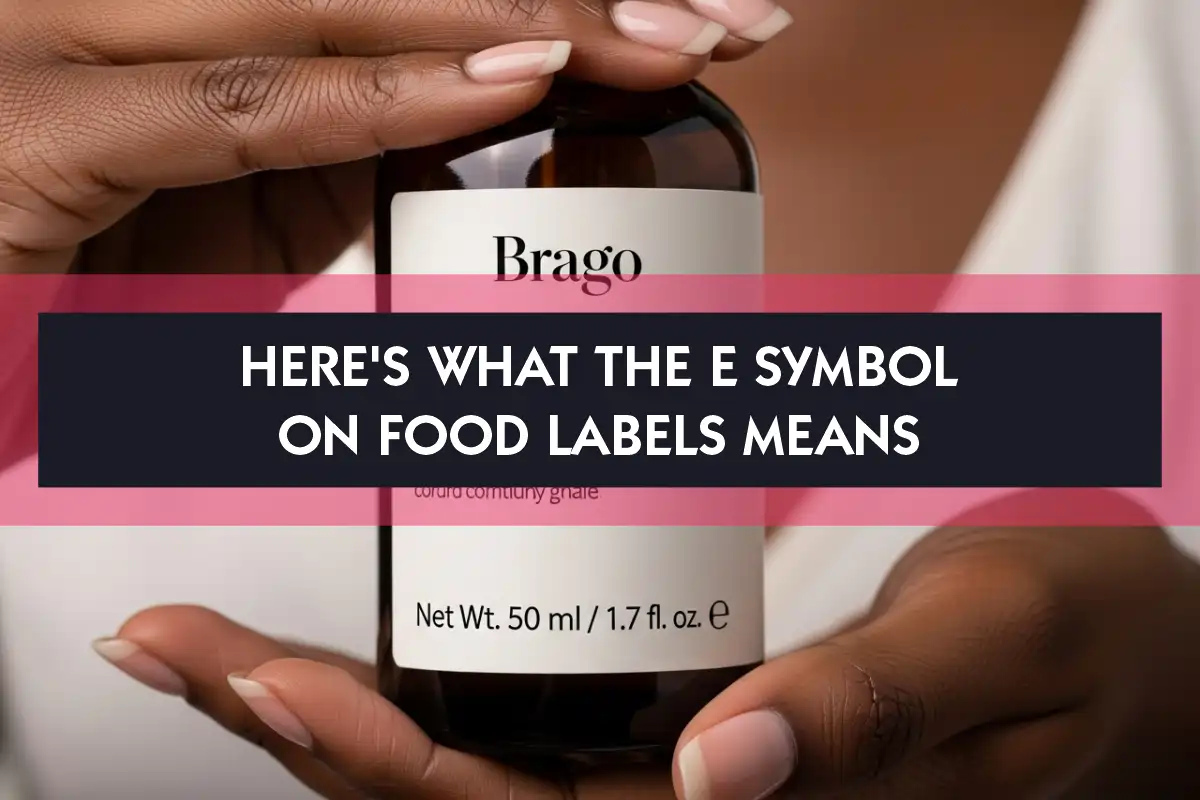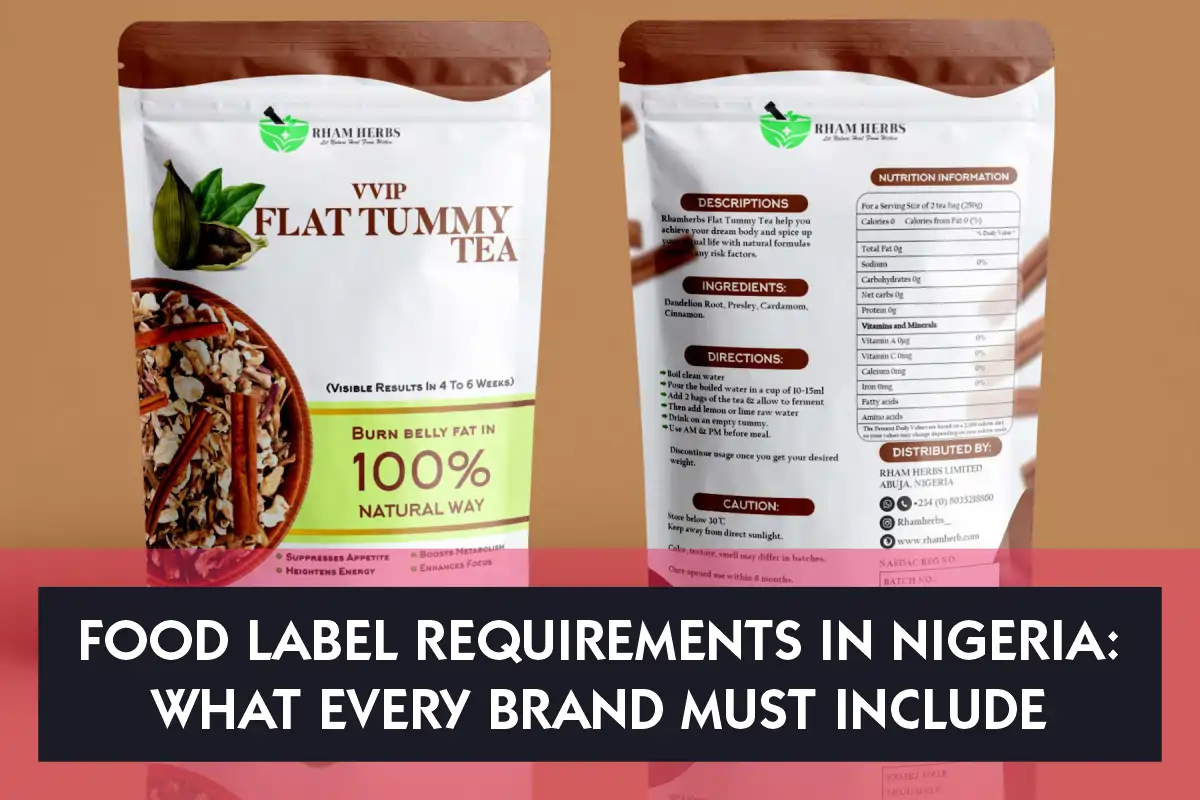Printing has come a long way in Nigeria, from basic black-and-white prints to more advanced, colorful, and high-quality finishes. Today, the Nigerian printing industry offers a wide range of printing options for businesses, individuals, and organizations looking to add that extra touch to their materials.
Whether for brochures, business cards, books, or packaging, a good print finish can make all the difference. The right finish not only improves the look and feel of the printed material but also helps it last longer, leaving a stronger impression on the recipient.
In this blog post, we’ll explore 10 common types of print finishes available in Nigeria’s printing industry. We’ll look at how each finish works, what it offers, and why it might be the right choice for your next printing project.
Table of Contents
Toggle10 Types of Print Finish in Nigeria’s Printing Industry
1. Lamination
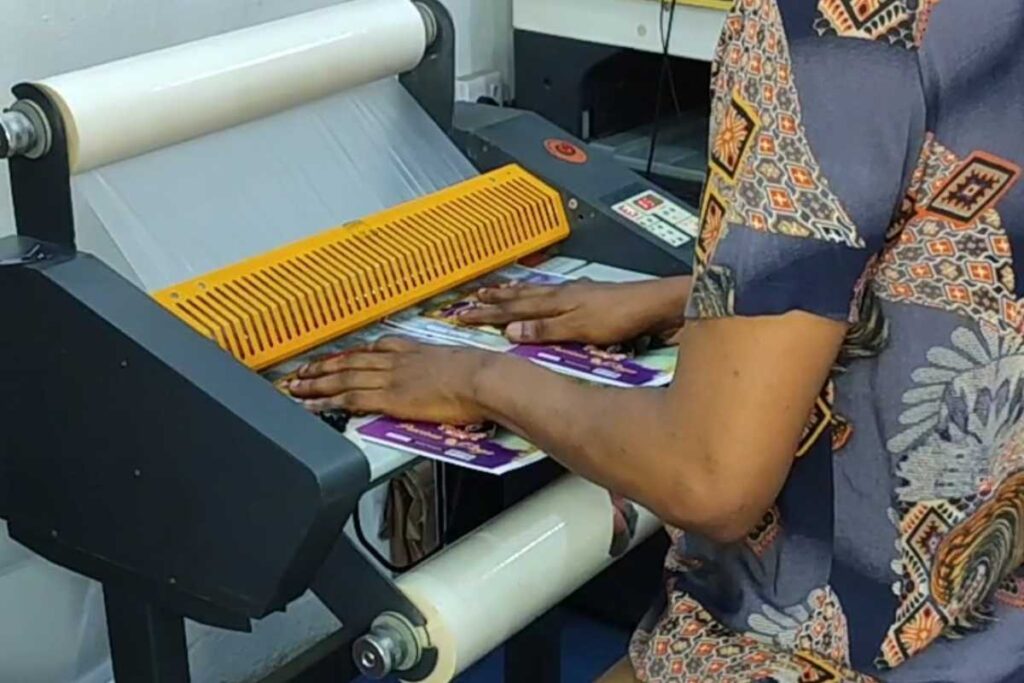
Lamination involves covering a printed material with a protective plastic layer. This layer can be either matte or glossy, depending on the desired effect. Laminating a print not only enhances its appearance but also protects it from moisture, dirt, and damage. This makes it a good option for materials that will be handled frequently, such as menus, business cards, and signs.
Lamination is commonly used in Nigeria for materials that need to be durable and long-lasting, especially in industries like hospitality and education. For instance, restaurants often laminate their menus to ensure they remain in good condition despite daily use.
2. Matte Finish
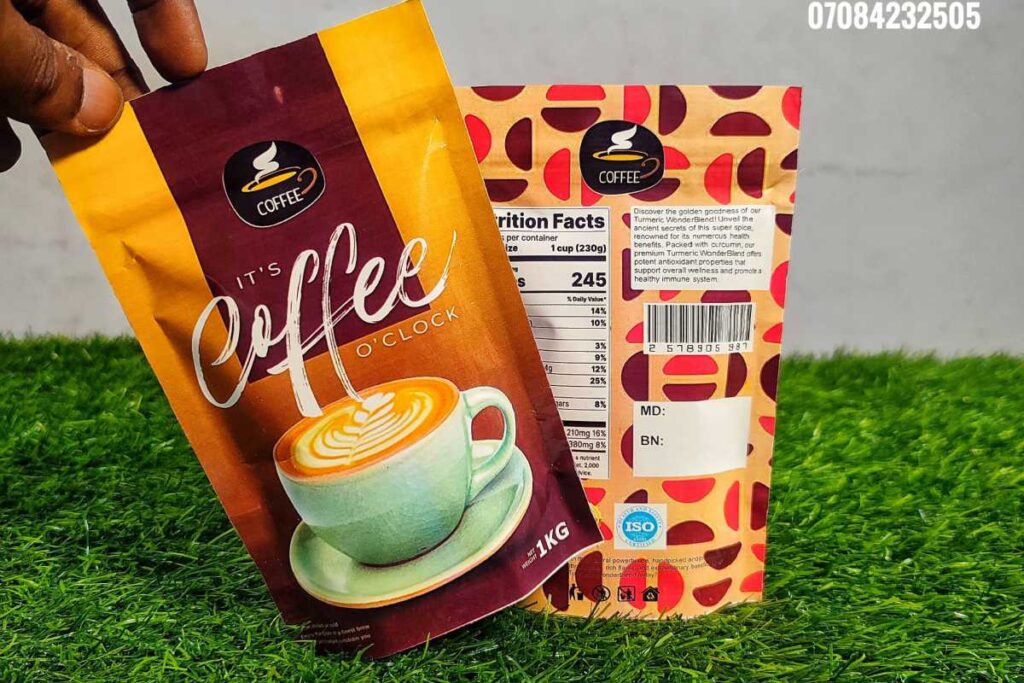
Matte finish is a popular choice for people who want a smooth, non-glossy look. This type of finish has a soft, elegant appearance and doesn’t reflect light, which makes it easy to read and handle. Matte finishes are commonly used for business cards, company profiles, brochures, etc., because they give the printed material a professional and sophisticated feel. The non-shiny surface also makes fingerprints and smudges less noticeable, keeping the material looking cool.
In Nigeria, matte finish is one of the most requested finishes for corporate and official documents. Its sleek appearance is favored by professionals looking for understated elegance, and it works well with bold designs and sharp typography.
3. Gloss Finish
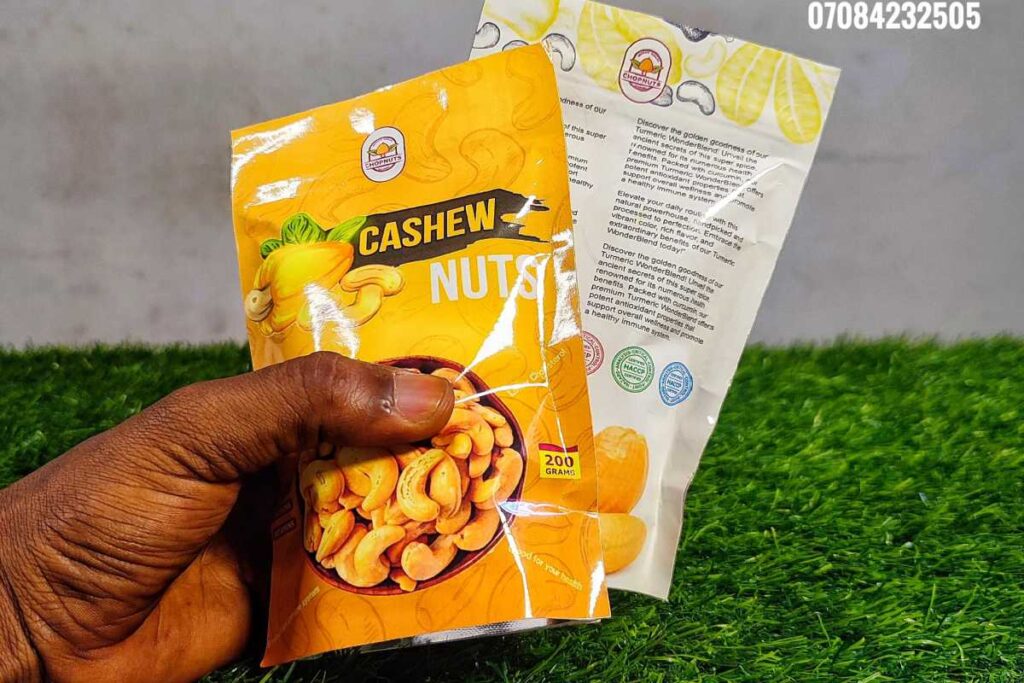
A gloss finish is the opposite of matte. It has a somewhat shiny surface that reflects light, giving it a bright and eye-catching appearance. This type of finish is perfect for prints that are meant to stand out, such as magazines, catalogs, and promotional materials. The glossy coating makes colors look more vibrant, which helps attract attention to the printed material.
In the Nigerian printing industry, gloss finish is often chosen for marketing materials like branded paper bags, thank you cards, etc., It’s a great option when you want to make your visuals pop and create a lasting impression.
Want To Print Something?
4. Embossing
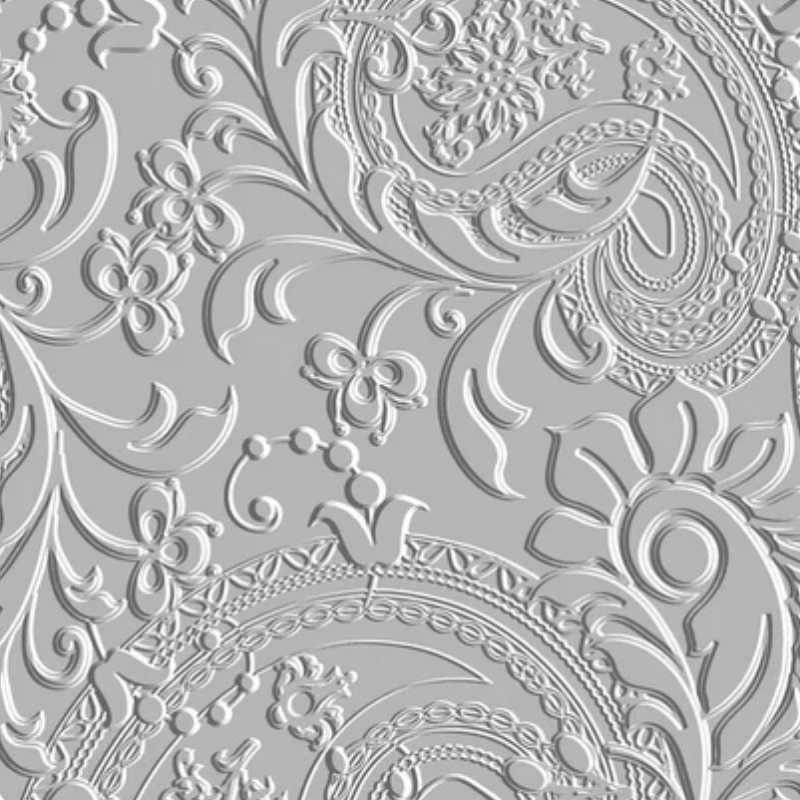
Embossing is a finishing technique that raises certain parts of a print to create a 3D effect. This adds texture and depth to the material, making it more tactile and visually appealing. Embossing is often used on business cards, wedding invitations, and packaging to highlight logos, names, or special design elements.
In Nigeria, embossing is a popular choice for luxury brands and high-end products. It gives the material a more refined and premium look, which can help set it apart from competitors.
5. Debossing
Debossing is the opposite of embossing because instead of raising the design, it’s pressed into the paper or material, creating an indented effect. Just like embossing, debossing adds a level of sophistication and texture to the printed material. This technique is often used alongside foil stamping or spot UV to make the design stand out even more.
Debossing is frequently used in Nigeria for packaging, invitations, and business cards, especially when a subtler, elegant effect is desired. It’s a great way to add a unique touch without being too flashy.
6. Spot UV Coating
Spot UV is a process where a clear, shiny coating is applied to specific areas of a print, creating a contrast between the shiny coated parts and the matte or uncoated areas. This finish is perfect for highlighting certain elements like logos, text, or images. The glossy areas catch the light and draw attention to the most important parts of the design.
Spot UV coating is widely used in Nigeria for business cards, magazines, brochures, and packaging. It’s a great way to make your materials look more premium and professional without overwhelming the overall design.
7. Foil Stamping
Foil stamping is a technique where a metallic foil, usually gold or silver, is pressed onto the surface of the material to create a shiny, reflective design. This finish adds a touch of luxury and elegance, making it ideal for high-end products, invitations, and special event materials.
In the Nigerian printing industry, foil stamping is often used for wedding invitations, certificates, and luxury packaging. The metallic shine of the foil helps creates a sense of exclusivity and quality, making it a favorite for formal and celebratory events.
8. Die Cutting

Die cutting involves cutting the printed material into a specific shape using a metal die. This allows for more creativity and customization in the design of the material. Die cutting is often used for business cards, invitations, brochures, and packaging to create unique shapes that stand out.
In Nigeria, die-cutting is commonly used by businesses looking to make their printed materials more distinctive and memorable. It’s a great way to add personality to your prints and differentiate them from standard, rectangular formats.
Want To Print Something?
9. Varnishing
Varnishing involves applying a clear coating to the printed material to give it a polished, professional look. There are different types of varnishes, including gloss, matte, and satin. Gloss varnish creates a shiny finish, while matte varnish gives a more subdued look. Satin varnish offers a middle ground between the two, providing a slight sheen without being too reflective.
In Nigeria, varnishing is a popular finish for brochures, magazines, and other marketing materials that need to look sleek and professional. It not only enhances the appearance of the print but also protects it from scratches and wear.
10. Soft Touch Finish
Soft touch finish is a special coating that gives the printed material a velvety, smooth feel. This type of finish is often used to create a sense of luxury and exclusivity. Soft touch finish works well on business cards, brochures, and packaging, especially when the goal is to make the material stand out not just visually, but also in terms of texture.
In the Nigerian printing industry, soft-touch finish is becoming increasingly popular for high-end products and corporate materials. It adds an extra layer of sophistication to the print and leaves a memorable impression on the recipient.
In the End
The print finish you choose will ultimately make a significant difference in the quality and appeal of your printed materials. Whether you’re looking to create a bold, glossy look with a gloss finish or a subtle, elegant effect with matte, embossing, or debossing, the right finish can enhance the impact of your design. In Nigeria’s printing industry, these 10 types of print finishes are widely available and used across various sectors, from corporate documents to promotional materials and luxury packaging.
By understanding the different print finishes available, you can make informed choices that align with your brand’s needs and goals. Each finish offers its own unique benefits, and selecting the right one can help you create prints that are not only visually appealing but also durable and memorable.

